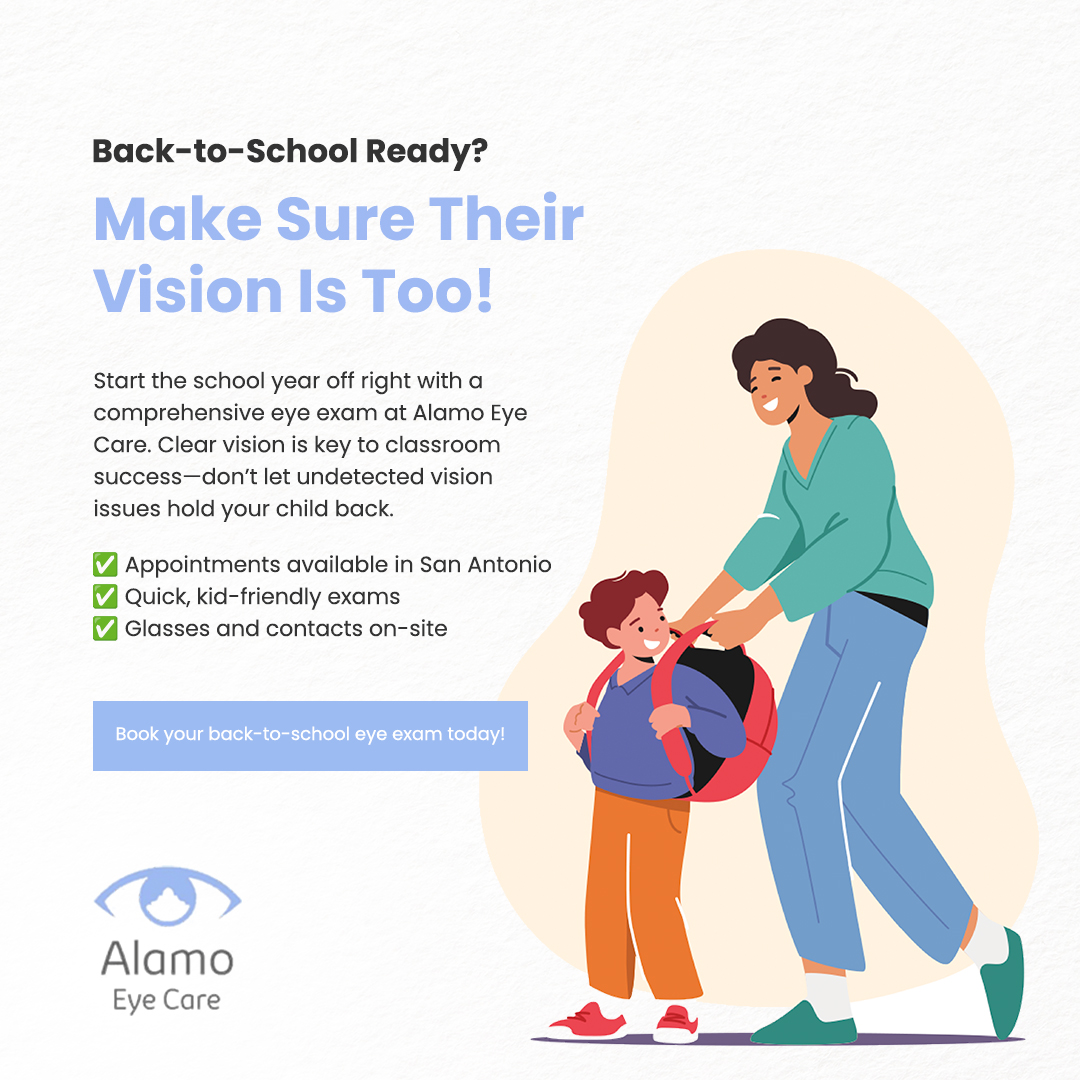Diabetic Eye Disease Q&A
Diabetic eye disease is one of the leading causes of blindness, even though diabetes-related eye problems are often preventable. At Alamo Eye Care in San Antonio, Texas, Melanie Frogozo, OD, FAAO, FSLS, Swati Kumar, OD, FAAO, and their experienced team can diagnose and treat diabetic eye diseases to reduce your risk of blindness. Call the office to schedule an appointment or book one online today.
What is diabetic eye disease?
Diabetic eye disease, also known as diabetic retinopathy, is a condition that can result from uncontrolled diabetes. It occurs when blood vessels in your eyes get damaged, and when left untreated, can eventually lead to blindness.
What are the symptoms of diabetic eye disease?
Common symptoms of diabetic eye disease include:
Fluctuating vision
Blurry vision
Floating strings in your vision
Spots in your vision
Impaired color vision
Vision loss
Empty or dark areas in the vision
Diabetic eye disease often affects both of your eyes. You may not have any symptoms in the early stages of the disease; that’s why routine eye exams are essential if you have diabetes.
What are the risk factors for diabetic eye disease?
Anyone with diabetes can develop diabetic eye disease, but some factors increase your risk of experiencing it. Examples include:
Poor blood sugar control
Having diabetes for a long time
High cholesterol
High blood pressure
Pregnancy
Smoking
African American, Native American, or Hispanic heritage
Complications resulting from untreated diabetic retinopathy may include blood vessel hemorrhage, glaucoma, retinal detachment, and eventually blindness.
How does my eye doctor diagnose diabetic eye disease?
To find out if you have diabetic eye disease and develop an effective treatment, your Alamo Eye Care specialist discusses your medical history and symptoms. Then, they complete a comprehensive eye exam and vision testing.
Your eye doctor dilates your pupils using eye drops to get a better look at your eyes, measures eye fluid pressure and looks for signs of cataracts. They may also inject a special dye into your arm vein to evaluate the blood vessels or use other imaging procedures to get an in-depth picture of your eye health.
What are my diabetic eye disease treatment options?
The following treatments are often effective for diabetic eye disease:
Lifestyle changes
Lifestyle changes can help you control blood sugar when you have diabetes, including healthy eating, regular exercise, maintaining a healthy weight, and not smoking. Take all diabetes medications as directed by your doctor and monitor your blood sugar regularly.
Watchful waiting
If you have a mild case of diabetic eye disease, your eye doctor may recommend monitoring your eyes periodically to determine if or when you need treatment.
Laser treatment
Emitting laser energy into your eyes can slow down fluid and blood leaks or shrink abnormal blood vessels, which helps prevent future eye damage.
Injections
Eye injections help treat diabetic eye disease by blocking new blood vessel growth. Your doctor first numbs the treatment area to avoid discomfort.
Surgery
Your Alamo Eye Care specialist uses surgery to remove blood from the middle part of your eye and scar tissue near your retina. This procedure helps prevent diabetic eye disease progression.
Don’t let diabetic eye disease go untreated and put you at risk of vision problems or blindness. Call the Alamo Eye Care office to schedule a diabetic eye exam or book an appointment online today.






